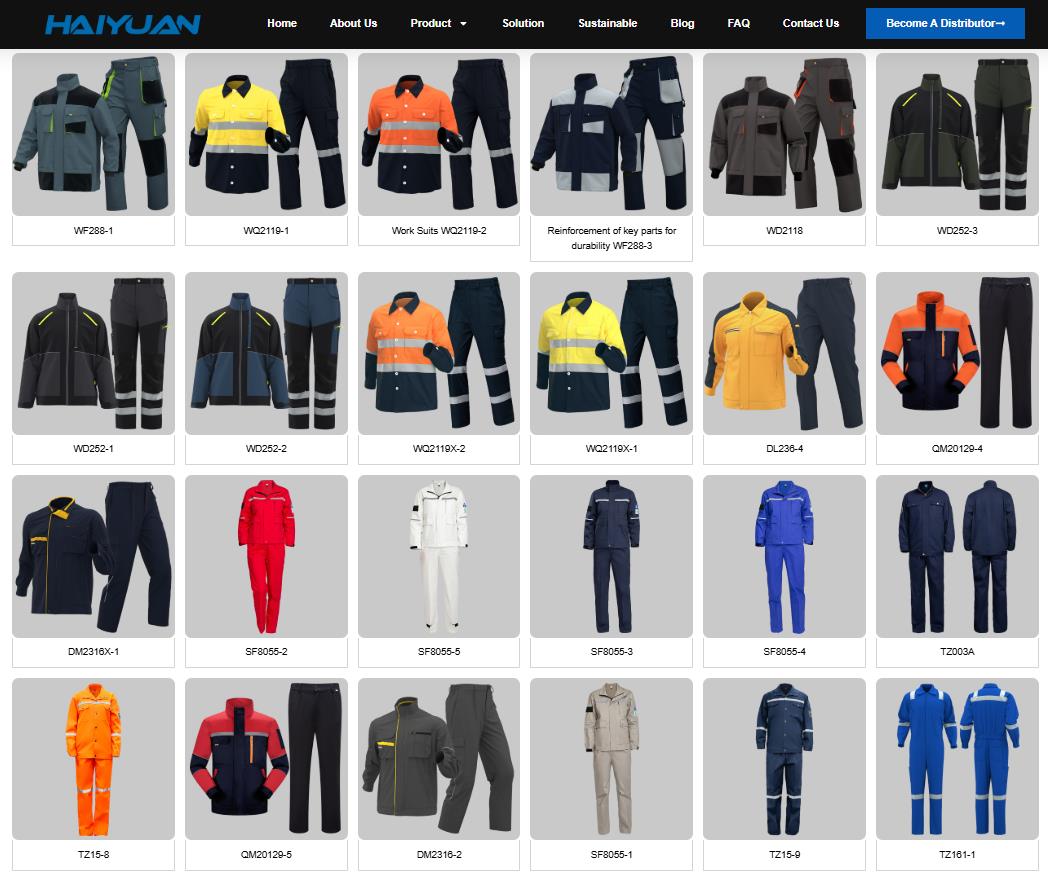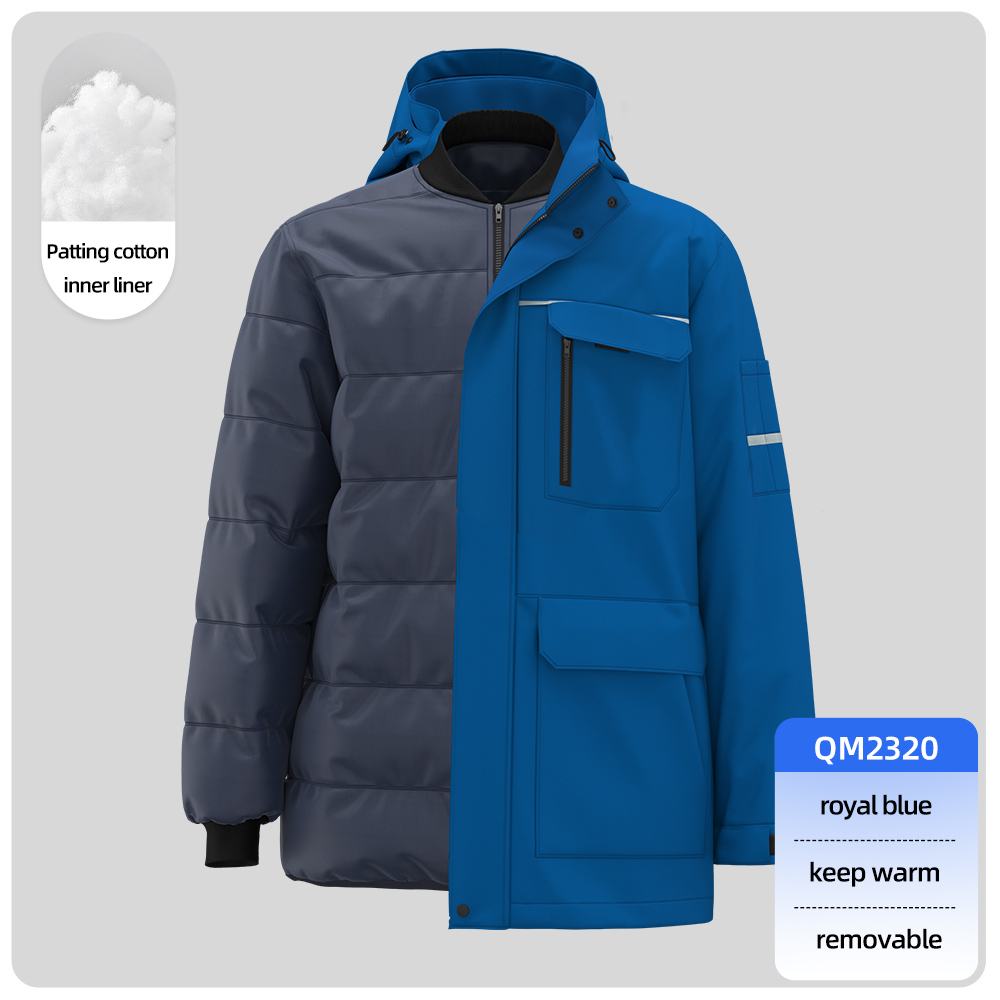This is an excellent question, as “workwear” encompasses a wide range of clothing. Here’s a clear breakdown of what counts as workwear, from basic uniforms to life-saving equipment.
Simple Definition
Workwear is any clothing, footwear, or accessory specifically designed and worn for work, rather than for fashion or social occasions. Its core purpose is to provide durability, functionality, and safety in a professional environment.
The Two Main Categories of Workwear
You can think of workwear on a spectrum, from basic uniforms to specialized protective gear.
1. Standard Workwear (The “Uniform”)
This is clothing designed to be durable, practical, and to project a professional image for a specific job or industry.
-
Purpose: Professionalism, comfort, basic utility, and branding.
-
Examples:
-
Trades & Construction: Denim jeans, canvas pants (Carhartt, Haiyuan), flannel shirts, and durable jackets.
-
Corporate & Hospitality: Polo shirts with a company logo, branded button-downs, blazers, and suit-and-tie sets.
-
Healthcare: Medical scrubs and lab coats.
-
Food Service: Chef’s coats, checkered pants, and aprons.
-
General Labor: Coveralls and boiler suits.
-
2. Personal Protective Equipment (PPE) – A Critical Subset of Workwear
This is specialized workwear certified to protect the wearer from specific, serious health and safety hazards.
-
Purpose: To isolate the worker from a life-threatening or life-altering risk.
-
Regulation: Heavily regulated and must meet strict safety standards (e.g., ANSI, OSHA, CE).
-
Examples:
-
Head Protection: Hard hats.
-
Eye/Face Protection: Safety glasses, goggles, face shields.
-
Hearing Protection: Earplugs, earmuffs.
-
Hand Protection: Cut-resistant, chemical-resistant, or impact-resistant gloves.
-
Respiratory Protection: Respirators.
-
Body Protection:
-
Hi-Visibility Clothing: ANSI-certified vests and shirts for low-light or traffic-heavy areas.
-
Flame-Resistant (FR) Clothing: Coveralls and shirts for electricians or oil & gas workers to protect against flash fires.
-
Arc-Flash Clothing: For electrical workers.
-
-
Foot Protection: Steel-toe or composite-toe boots, often with puncture-resistant soles.
-
The Blurred Line: When Standard Workwear Becomes PPE
The key differentiator is Intent and Certification. Many items start as standard workwear but become PPE when they are specifically designed and certified for protection.
| Item | Standard Workwear Version | PPE Version |
|---|---|---|
| A Jacket | A standard denim jacket for warmth and basic abrasion resistance. | An ANSI-certified Hi-Vis jacket for being seen near traffic, or a NFPA 2112-certified FR jacket for flash fire protection. |
| Pants | A pair of sturdy cotton cargo pants. | FR-rated pants with arc-flash protection for an electrician. |
| Boots | A pair of sturdy leather boots. | ASTM F2413-certified steel-toe boots with a metatarsal guard. |
What Counts as Workwear: A Quick Checklist
An item generally counts as workwear if it meets one or more of these criteria:
-
✅ Is it more durable than regular clothing? (Made with heavier fabrics like duck canvas, ripstop, or denim).
-
✅ Does it have functional features for work? (Reinforced knees, tool pockets, hammer loops, gusseted crotches).
-
✅ Does it create a professional or uniformed appearance? (Branded polo shirt, chef’s uniform, business suit).
-
✅ Is it designed to protect against a specific workplace hazard? (The defining feature of PPE).
In summary, “workwear” is a broad term that includes everything from a waiter’s apron and a carpenter’s jeans to a firefighter’s full turnout gear. The common thread is that it is clothing chosen for the practical demands of a job, bridging the gap between basic apparel and essential safety equipment.





